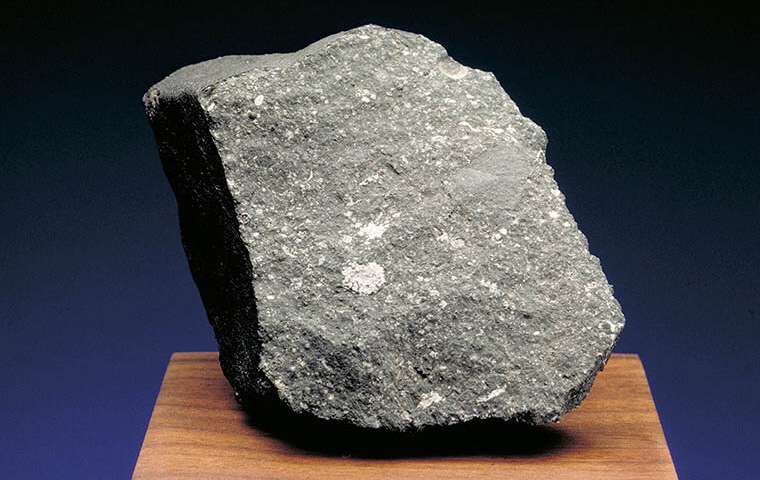Scientists have detected grains of stardust that are older than the Sun inside a gigantic meteorite that fell in Chihuahua, Mexico, in 1969, according to a study published on Monday in Nature Astronomy. The discovery comes within weeks of another study that identified the oldest material on Earth inside a separate meteorite that also landed on our planet in 1969, this time in Australia.
In addition to raising the question of why the universe was so generous with space rocks in 1969—the same year that humanity stepped foot on the Moon for the first time—the two studies show that scientists are rapidly finding new ways to identify and study these “presolar” materials.
Because the stardust grains are time capsules from an era long before the Sun began to shine, they provide scientists with a rare direct link to the interstellar medium from which our solar system was born.
The new Nature Astronomy study, which focused on the Allende meteorite that fell in Mexico, found evidence of presolar grains in an unexpected part of the rock called Curious Marie, in honor of the famous scientist Marie Curie. Curious Marie is a calcium–aluminum-rich inclusion (CAI), meaning that it is a chunk of very old rock that formed differently from the rest of the meteorite.
CAIs date back some 4.6 billion years, making them some of the very earliest objects to appear in the solar system. As gas clouds condensed to form the Sun and the protoplanetary disk surrounding it—which eventually evolved into the familiar planets we know today—these inclusions endured temperatures exceeding 1,000°C.
Even the most robust presolar grains, which are made of silicon carbide (SiC) crystals, were not predicted to survive those hot conditions. That’s why scientists led by Olga Pravdivtseva, a physicist at Washington University in St. Louis, were surprised when they detected this ancient compound inside Curious Marie.
Pravdivtseva and her colleagues detected the presolar grains by incrementally heating up 20 micrograms of Curious Marie and using a pair of mass spectrometers to identify noble gases released by the sample. These gases come in different varieties, called isotopic signatures, which contain information about the origins of the CAI, including whether it might contain presolar SiC.

A version of this technique has been used by other scientists in the past, but Pravdivtseva and her colleagues differed in their approach by focusing on the element xenon. Xenon produces three times as many isotopes as neon, another noble gas released by this process, which means scientists can use it to reconstruct the meteorite's interior composition with much more specificity.
Xenon “is the most diagnostic in the case of presolar SiC, but it is much more difficult to measure simply because it is less abundant,” said Pravdivtseva in an email. “Nobody ever even attempted to look for silicon in CAIs using [xenon] isotopic signatures.”
“We have high-sensitivity mass-spectrometers high-tuned for [xenon] to deal with it,” she added, referring to the Laboratory for Space Sciences at Washington University.
This unique approach revealed the presence of SiC inside Curious Marie. The isotopic signatures of the noble gases krypton, argon, and neon supported the xenon observations, Pravdivtseva said. She and her colleagues are studying many other inclusions from the Allende meteorite to find “new clues on the conditions in the nascent solar system at the condensation of the first solids,” as the team wrote in the study.
Scientists have known for decades that some meteorites contain presolar grains, but these two new studies demonstrate the strides being made to characterize the precise ages and origins of these relics.
For instance, the recent study about the Australian specimen, known as the Murchison meteorite, used data obtained by the Voyager 1 probe to estimate that the grains were about two to three billion years older than the solar system.
More than 50 years after these two enormous meteorites fell on opposite sides of Earth, they continue to inspire new insights about the birth of the solar system—and the universe that existed before it.
“There is so much about conditions in the early solar system we can learn by studying these objects in detail,” Pravdivtseva said, noting that they also shed light on the space rocks that contain them. “Whatever we learn adds more dimensions and details to the whole picture.”
from VICE https://ift.tt/37KtJVb
via cheap web hosting
No comments:
Post a Comment